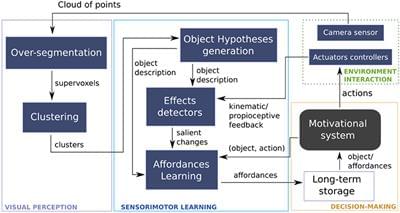Generative AI is an utterly transformative technology that is already impacting how organizations and individuals work. But what does the future have in store for this incredible technology? Read on for my top predictions.
We now have generative AI tools that can see, hear, speak, read, write, or create. Increasingly, generative AIs will be able to do many of these things at once – such as being able to create text and images together. As an example, the third iteration of the text-to-image tool Dall-E is reportedly able to generate high-quality text embedded in its images, putting it ahead of rival image-generator tools. Then there was the 2023 announcement that ChatGPT can now see, hear, and speak, as well as write.
So, one of my predictions is that generative AIs will continue this move towards multi-modal AIs that can create in multiple ways – and in real-time, just like the human brain.








